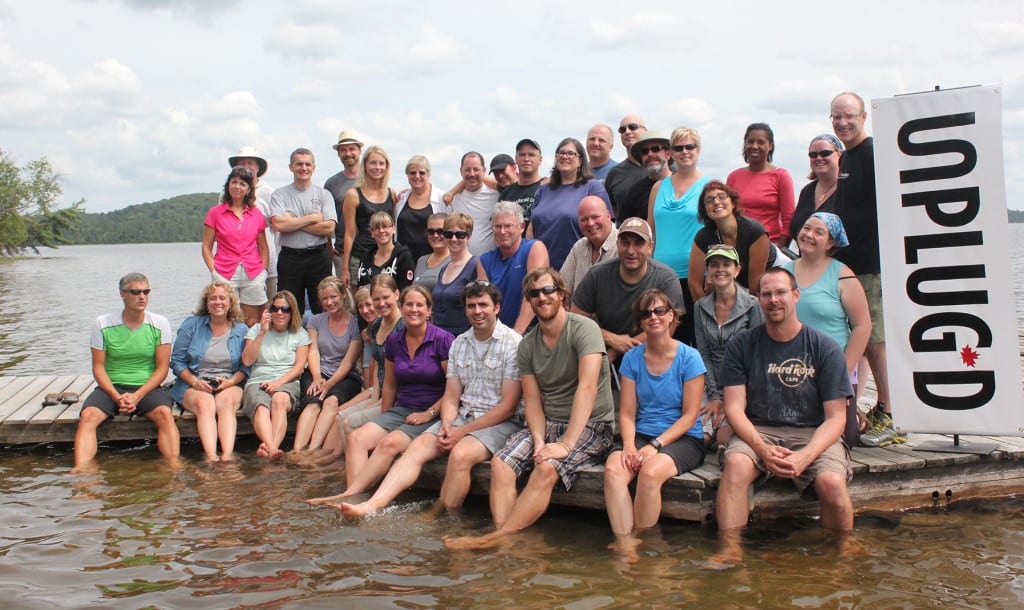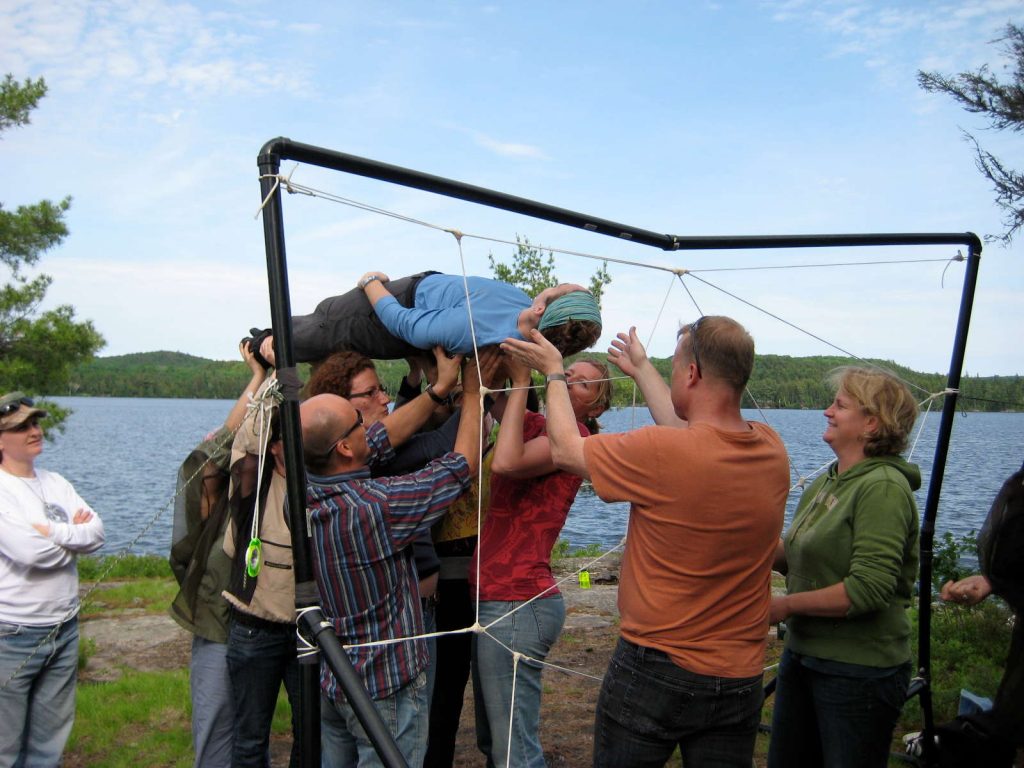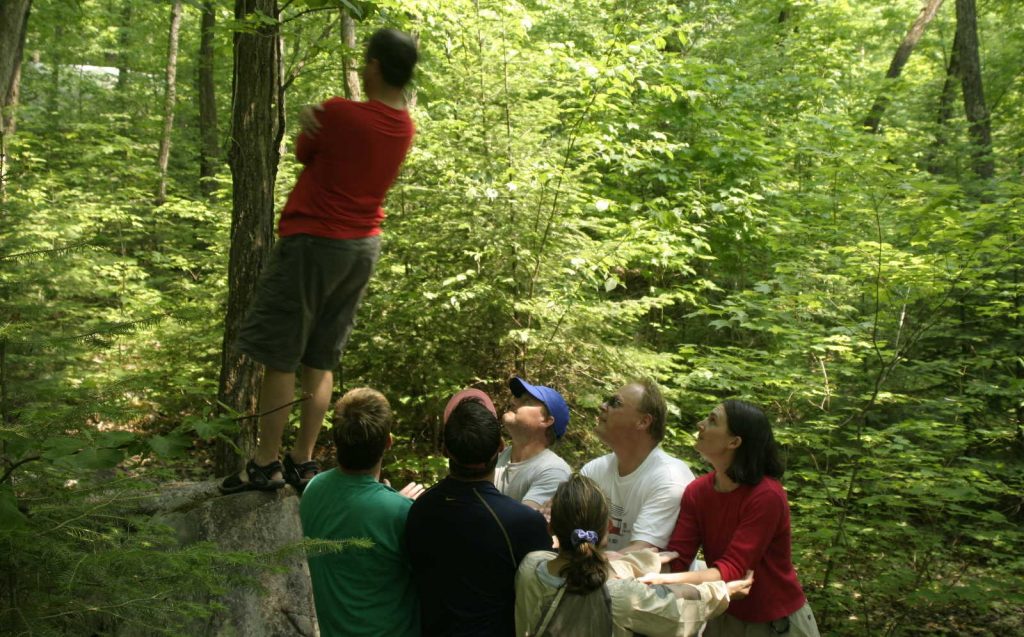Lets talk corporate planning retreats, why they are more important than ever to consider in business right now, and how to make them successful in the midst of this crazy world.
This past year has taken office culture and turned it right on its head, perhaps never to return to what was once normal. Adapting to change and preparing for the unknown has kind of become the new normal, in both home life and at work.
Water cooler conversations have turned into seemingly never-ending Zoom meetings and work from home burnout is stark reality for many. The need to constantly be on your toes, adapt, adjust and adapt again can be draining but what the fall season teaches us is that there can also be amazing beauty in transformation. That perhaps shedding these layers is exactly what all of us needed all along, in both life and in business.
Now is the time to strip away any preconceptions or traditional ideas of how you thought business was supposed to operate and return to your core purpose. Its the time to learn how to become something new, resilient, innovative, responsive and comfortable with the idea of grounding through change as a cohesive team. How you ask?
At a safely guided, expertly facilitated corporate planning retreat. While no one really knows what the rest of 2020 will hold; now is the time to start planning these experiences for the coming year.
So, lets explore ten tips for making your corporate retreat effective, enjoyable, and memorable:
1. Environment is important
Your team has been in the boardroom a million times for brainstorming and meetings. Don’t underestimate the power of environment: simply coming together in a different space may lead to new solutions and discussions that don’t happen in the office. The best ideas often come when you’re focusing on something else, like canoeing or meditating in the forest. Haven’t you ever had a “Eureka” moment in the shower? It’s the same idea.
If coming to a retreat centre like ours isn’t feasible, still consider how you can escape the routine atmosphere. Perhaps rent out a space in an art gallery or a restaurant, or go to a local wildlife conservatory.

2. Thick beats thin
Consider how you can create a thick presence, where your team is deeply engaged with each other for a longer period of time. Instead of scheduled, agenda-filled meetings, quick texts, and cooler chats, a thick presence means spontaneity and depth. Coming together for a multi-day retreat in a different setting can help this along.
“… More organizations should take human interaction on-the-job even further, moving from minor, unplanned encounters to designing for more meaningful ones …” (Tim Leberecht)
Thick presence also extends to objectives. Instead of having dozens of fluffy issues to discuss, perhaps there are one or two major discussions to have at your next meeting that will have a massive impact on everything else. These might include discussions on overall focus, philosophies, and core values. Identify these items and spend a lot of quality time on them.
3. Use a funnel approach
Have the starting point to your planning discussions ready, like an open question or intention for the meeting. Open the floor to everyone’s thoughts on the matter and finally end up on an action-plan that works for the company as a whole.
Agendas are helpful, but it’s important not to let it function as a rulebook for the discussion. Be flexible and open to hearing a variety of opinions during the process (and beyond, of course). Be willing to explore lots of different perspectives at the beginning.
Just as a funnel starts wide and ends narrow, so should your meeting.

4. Plan when everyone is present
If you want buy-in from your team, it’s important to involve them in the decision-making process. It’s critical to identify everyone that needs to be involved in the planning and to ensure they attend– so make it a compulsory activity which is planned well in advance.
Our tip would be to release the retreat date a few months prior to the event so people can plan ahead. Lend a hand to those who anticipate roadblocks to attending the retreat. And most importantly, make this retreat worth their time so they won’t try to avoid it!
5. Be transparent
Be transparent with your team on where the company stands. If you anticipate challenging times ahead, don’t sugarcoat it… and be honest about the company’s real goals and intentions. Besides, details about the company are not as easily hidden as you might think… people can see through a mismatch between what is being said versus reality.
When you are transparent, you earn the loyalty and respect from team members and you get a vote of confidence from them. Tap into this confidence at the annual planning retreat by being transparent throughout the year.
6. Stress is normal
Being worried or carrying the burden of workplace stress is part of any working relationship. It is imperative that you recognise this beforehand and make the retreat a method of tackling and reducing this stress.
Stress is part of the formula for everyone- from the interns in your office to the CEOs. Identify this and its root cause and make the retreat a safe space to work this stress out.
7. Follow the ‘appreciative inquiry’ model
For a team’s collective learning and development, engaging in the appreciative inquiry method is sure to garner favourable results. This is based on recognising strengths and encouraging collaboration to drive change in the organisation. This is a positive method for organisational development which all companies should consider weaving into their problem-solving strategies.
Tailor your team-building activities around the appreciative inquiry model, embrace the positivity surrounding this method and you’ll see the change.

8. Don’t be afraid of failure
The fear of failure is something that has kept back some great ideas. Yes, it is important not to make failure a habit, but every shortfall proves to be an opportunity for learning. Don’t be shy to explore new opportunities with a fear that you may fail. If you do, then consider this an opportunity for feedback and reflection on what you could do better next time. An all-round win-win situation!
You can also make this clear at the beginning of your meeting to encourage new thoughts. However, it’s one thing to mention it and another to fully embrace the mentality. People will see through a half-hearted declaration that “no idea is bad” if the reality doesn’t match up.
9. Make it an annual event
Invest in a similar method of planning each year. Hosting a corporate retreat where team members come together to set goals and targets for the upcoming year and reflect on the positives of the previous year is something that must be done as part of an ongoing plan. Work on making the annual planning retreat a success by putting in a considerable amount of time, money and effort into it.
10. Call in the experts
Company leaders– you may know your company best, but you might not be the best person to design an effective planning retreat for your team. Don’t be afraid to reach out to a company who specializes in facilitating events like corporate retreats (have you considered us?) At the end of the day, your annual planning retreat will only be considered successful if you achieve what you intended, but it’s also nice to make it genuinely enjoyable.
Your relationship with team-building experts needn’t end there, as strengthening teams is an ongoing task. If you’re pleased with what they do, you could consult them for planning regular activities and retreats.
Below this article, you’ll find a button to download our Ultimate Corporate Retreat And Team Building Guide to get even more advice about your upcoming event. If you want even more help, reach out to us directly

Are you looking to plan the ultimate corporate retreat?
Our comprehensive guide walks you through everything from picking the perfect location, planning activities and team games, creating meaningful agendas, and more. With years of experience in hosting executive retreats, delivering team-building and strategic planning retreats – we know what it takes to make your corporate retreat one that will be remembered for years to come.
A copy of our Corporate Retreat Planning Guide is on its way to your inbox.



